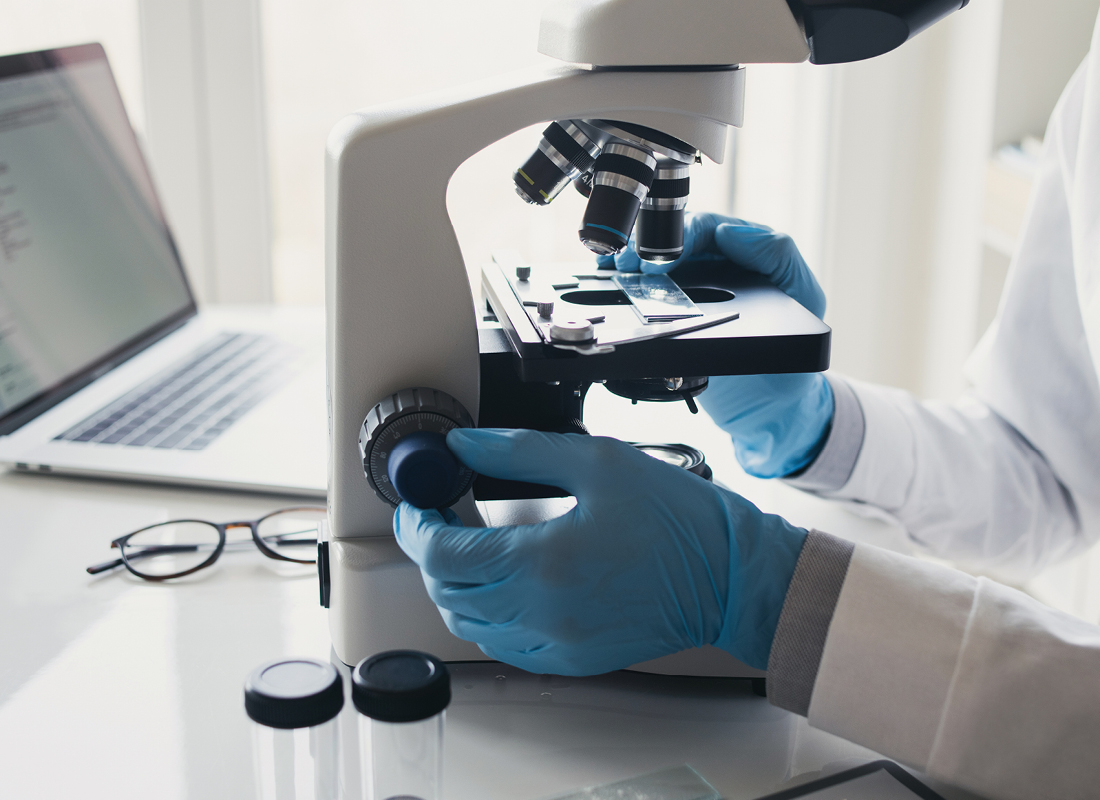New Molecular Test for Cystic Fibrosis Promises Faster, Better, Cheaper Analysis
From - Diagnostic Testing & Emerging Technologies The future of cystic fibrosis (CF) diagnosis is in sight. Testing for the genetic disease helped to fuel the first wave of clinical molecular diagnostics, and now an assay developed by… . . . read more

By Stephanie Murg, Managing Director, G2 Intelligence
The future of cystic fibrosis (CF) diagnosis is in sight. Testing for the genetic disease helped to fuel the first wave of clinical molecular diagnostics, and now an assay developed by researchers at the Stanford University School of Medicine (Stanford, Calif.) taps the power of multiplex next-generation sequencing (NGS) to enable early detection and management of CF in ways that could consolidate sample types and technologies. The highly sensitive, specific, rapid, and potentially cost-effective new test is described in a paper published earlier this month in the online edition of the Journal of Molecular Diagnostics.
Cystic fibrosis, which causes mucus to build up in the lungs, pancreas, and other organs, is the most common fatal genetic disease in the United States. To develop the disease, a child must inherit two mutated copies of the CF transmembrane conductance regulator gene (CFTR), one from each parent. Newborns in every U.S. state have been screened for CF since 2010, but the current tests vary widely and have limitations.
“The assays in use are time-consuming and don’t test the entire cystic fibrosis gene,” said the study’s senior author, Curt Scharfe, M.D., Ph.D., who is now an associate professor of genetics at Yale School of Medicine. “They don’t tell the whole story.”
Most CF tests now in use begin with immunoreactive trypsinogen testing of dried blood spots (DBSs) taken from newborn heel sticks. This assay is sensitive but prone to false positives, so newborn screening programs rely on tiered strategies, which reflex hypertrypsinogenemic specimens to methods that interrogate a relatively small number of common CF mutations. If one of the common mutations is identified, the infant’s entire CF gene is sequenced to try to confirm whether the baby has a second, less common CF mutation. The process takes up to two weeks and can miss infants who carry two rare CF mutations, particularly in ethnically diverse populations.
The new assay, known as CFseq, reliably sequences the entire CFTR gene from a single 3.2-millimeter newborn DBS punch sample. This is the first time scientists have found a way to reliably use DBSs for this type of sequencing for CF, which typically requires much more DNA. Moreover, the one-step method costs less and takes about half the time of current testing.
“In our new assay, we are reading every letter in the book of the CF gene,” said Iris Schrijver, M.D., a co-author of the study and a professor of pathology at Stanford. “Whatever mutations pop up, the technique should be able to identify. It’s a very flexible approach.” In addition to NBS, the test could be used for carrier and diagnostic testing and broadened to screen for other genetic diseases, not just CF.
Stanford’s Molecular Pathology Laboratory, of which Schrijver is director, has a contract with California for the state’s CF newborn testing, so the immediate next steps are staff training and clinical validation of the new assay. California newborn screening officials will then have the opportunity to decide whether they want the new test to replace the current method. Schrijver expects the process will take less than a year.
Subscribe to Clinical Diagnostics Insider to view
Start a Free Trial for immediate access to this article